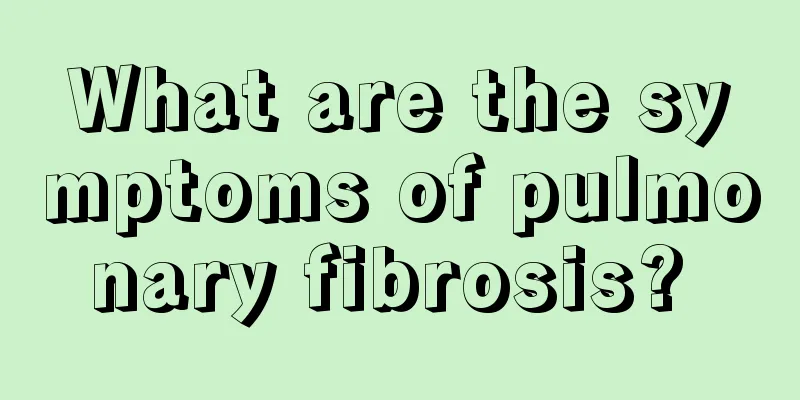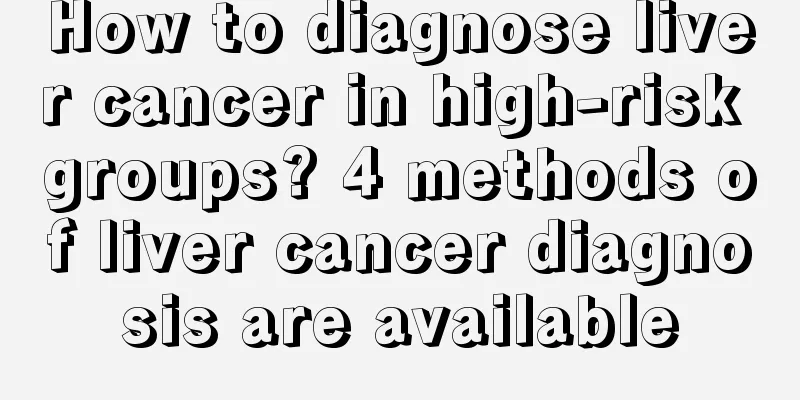What are the symptoms of pulmonary fibrosis?

|
We should pay attention to understanding the clinical manifestations of interstitial fibrosis so that we can detect and solve the disease in time. Patients usually show progressive shortness of breath or dry cough with little sputum, as well as hypoxemia and difficulty breathing. 1. Clinical manifestations The onset is insidious and the disease worsens progressively. It manifests as progressive shortness of breath, dry cough with little sputum or a small amount of white sticky sputum, and respiratory failure with hypoxemia as the main feature in the late stage. Physical examination revealed weakened thoracic respiratory movement, and fine moist rales or crackles could be heard in both lungs. There is varying degrees of cyanosis and clubbing. Signs of right heart failure may appear in the late stage. 2. Diagnosis 1. Progressive shortness of breath, cough, moist rales or crackles in the lungs. 2. X-ray examination: ground-glass appearance in the early stage, typical changes include diffuse linear, nodular, cloud-like, reticular shadows, and reduced lung volume. 3. Laboratory examination: ESR and LDH may be elevated, but generally have no special significance. 4. Pulmonary function tests: decreased lung capacity, decreased diffusion capacity and hypoxemia may be seen. 5. Lung biopsy provides pathological evidence. This disease should be differentiated from asthmatic bronchitis. Laboratory tests show nonspecific changes, which may include accelerated erythrocyte sedimentation rate, increased blood lactate dehydrogenase and increased immunoglobulin G; 10%-26% of patients have positive rheumatoid factor and antinuclear antibodies. 3. Diagnostic Criteria 1.1 Diagnosis criteria 1: 1. Surgical lung biopsy showed histological changes consistent with common interstitial pneumonia. 2. The following conditions must be met at the same time: ① Other known diseases that may cause ILD, such as drug poisoning, occupational environmental exposure, and connective tissue diseases, are excluded; ② Pulmonary function tests show restrictive ventilation dysfunction with decreased diffusion function; ③ Conventional chest X-ray or HRCT shows reticular changes or honeycombing mainly in the lower lungs and subpleural areas, which may be accompanied by a small amount of ground-glass shadows. (II) Diagnosis criterion 2: When surgical lung biopsy is not available, all four of the following major indicators and three or more minor indicators must be met. 1. Main indicators: ① Exclude ILD with known causes, such as toxic effects of certain drugs, history of occupational exposure and connective tissue diseases; ② Abnormal lung function, including restrictive ventilation dysfunction [decreased vital capacity (VC), while FEV1/FVC is normal or increased] and/or gas exchange disorder; ③ Chest HRCT shows reticular changes or honeycomb lungs mainly distributed in the lower lungs and subpleura, which may be accompanied by a small amount of ground-glass shadows; ④ TBLB or BALF examination does not support the diagnosis of other diseases. |
<<: Why does my head sweat a lot when I sleep?
>>: What is the effective treatment for infectious diarrhea?
Recommend
Experts will introduce the detailed symptoms of colorectal cancer to you as follows
Patients with colorectal cancer all know that the...
Cervical cancer screening methods
The patient lies flat on the examination table, a...
Is WBC 29 high?
When doing a routine blood test, if the white blo...
What is flat feet
Flat feet are very common in our lives. Many peop...
Will residual gastric cancer metastasize to the esophagus?
Will residual gastric cancer metastasize to the e...
Diet after cervical cancer surgery
The incidence of cervical cancer has been increas...
Perianal abscess ruptured by itself
Perianal abscess is more common among young and m...
How much does it cost to treat prostate cancer
How much does it cost to treat prostate cancer? P...
There is a sense of pressure in the throat when lowering the head
We often make this head posture, such as looking ...
What is the best treatment for small cell lung cancer
Due to the incomplete understanding of small cell...
How to make yourself less nervous
Tension is an emotion that many people experience...
What kind of men are most popular with women in life
Introduction: Some men say, "I am not attrac...
How to quickly deal with crab allergy
Summer should be the best time to eat seafood. Ho...
General nursing measures for endometrial cancer
Recently, according to the feedback from many end...
How 10 cooking mistakes steal nutrition
Did you know? Even if you choose nutritious ingre...









